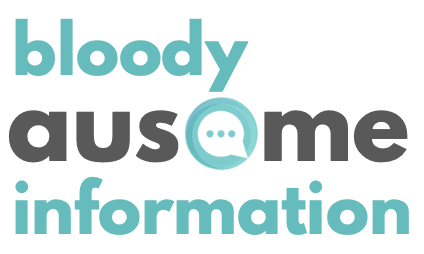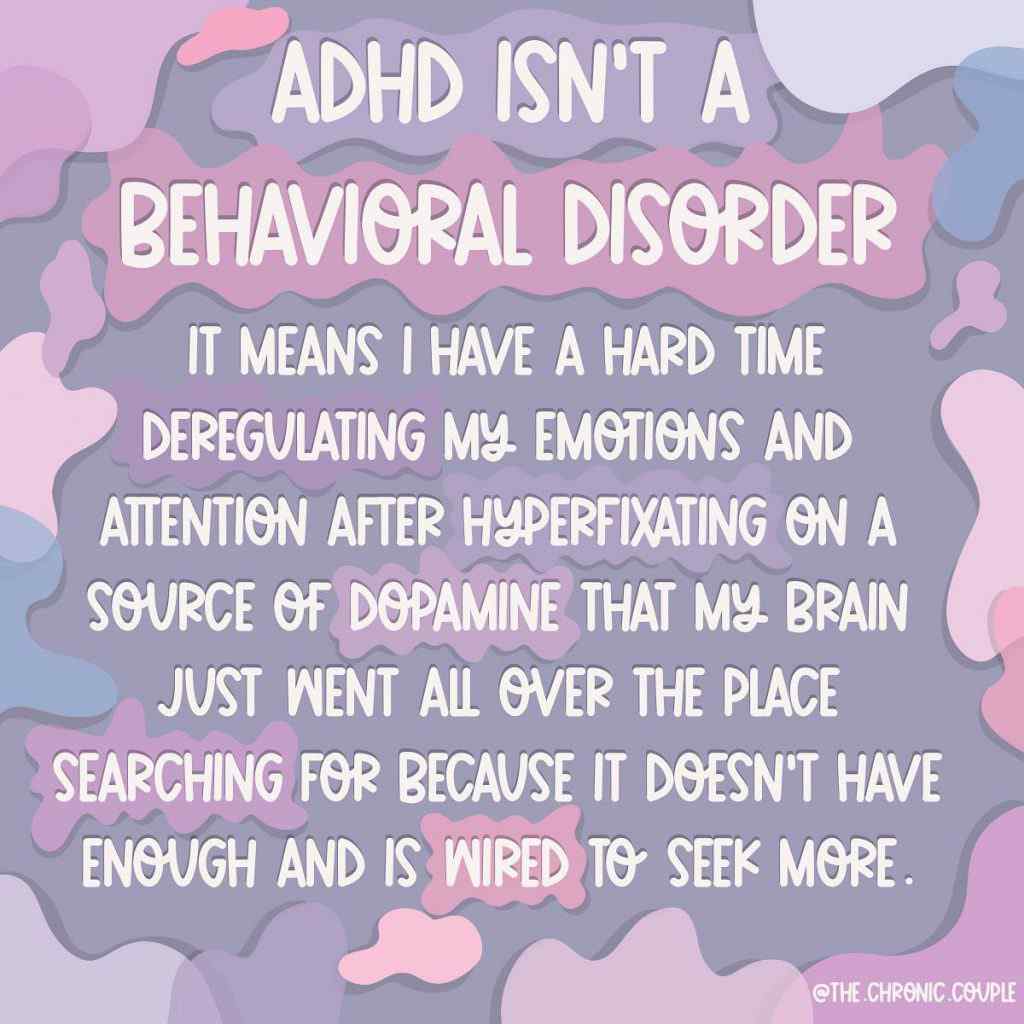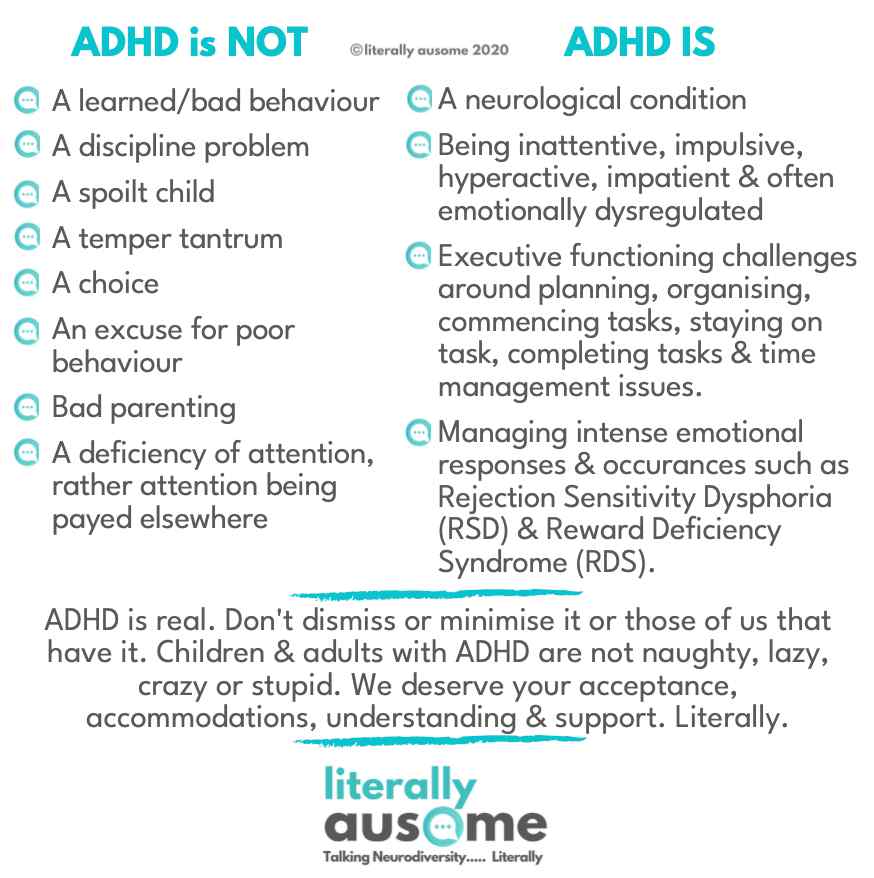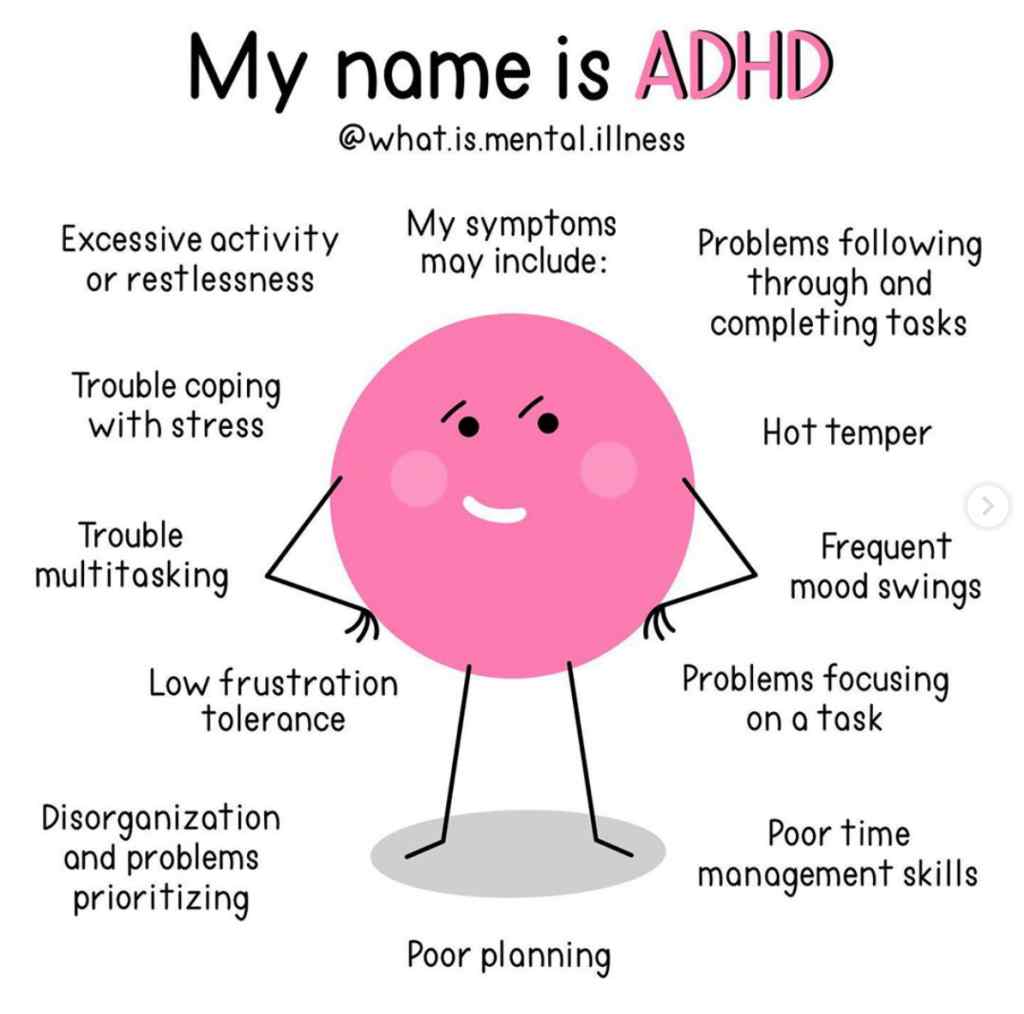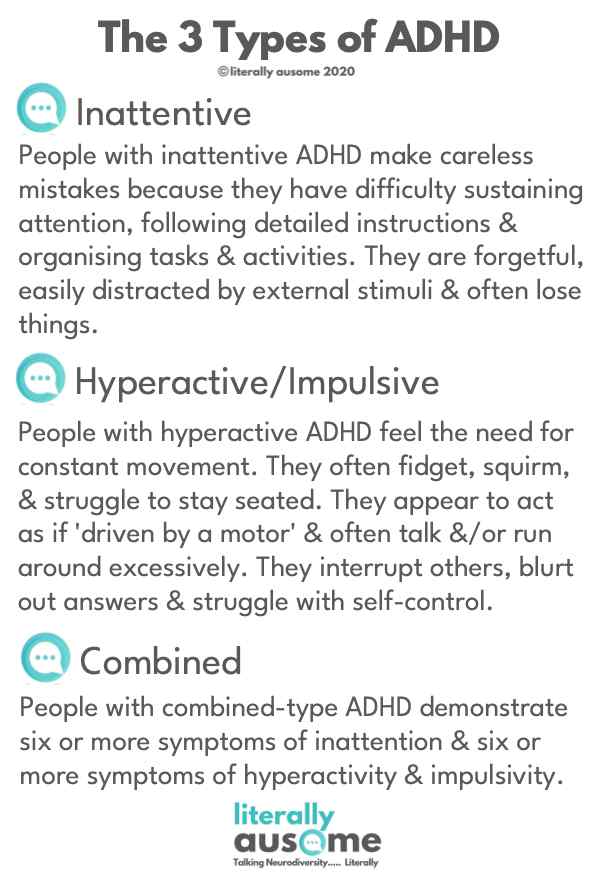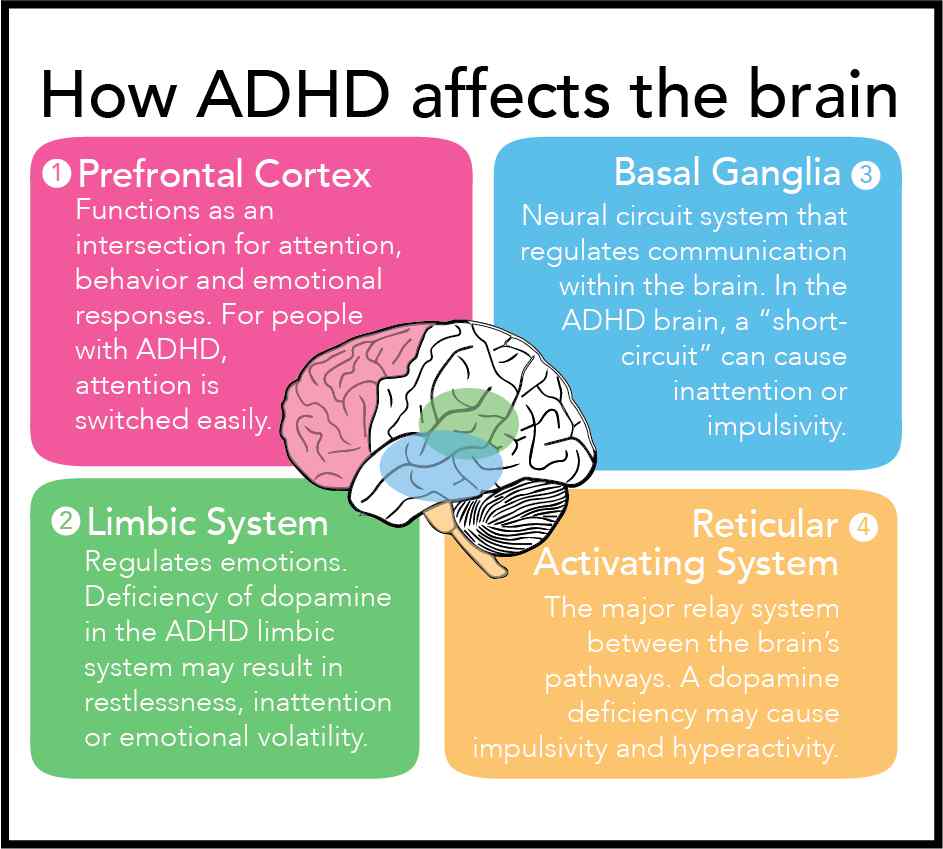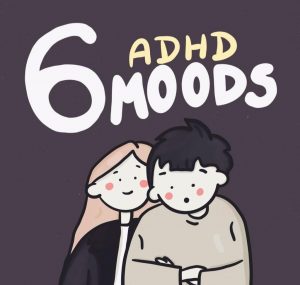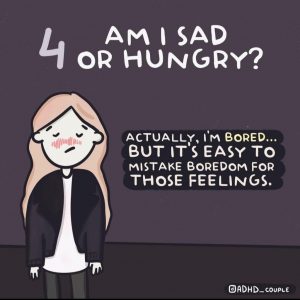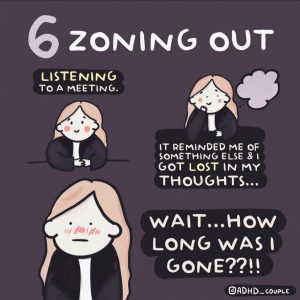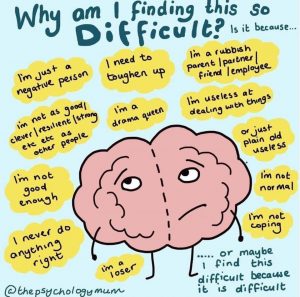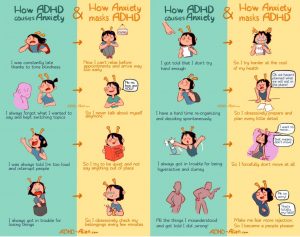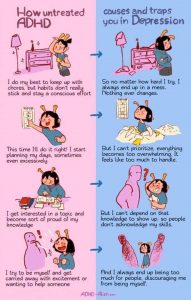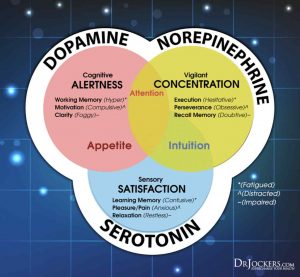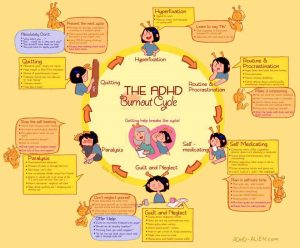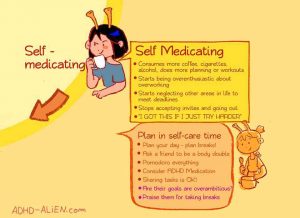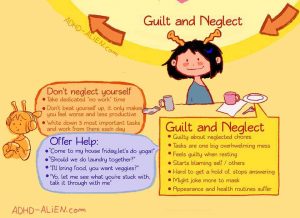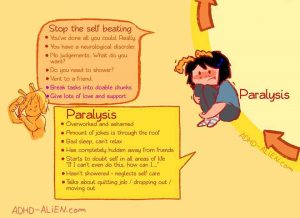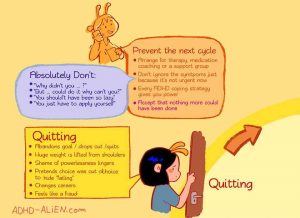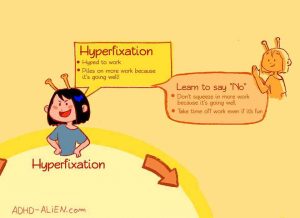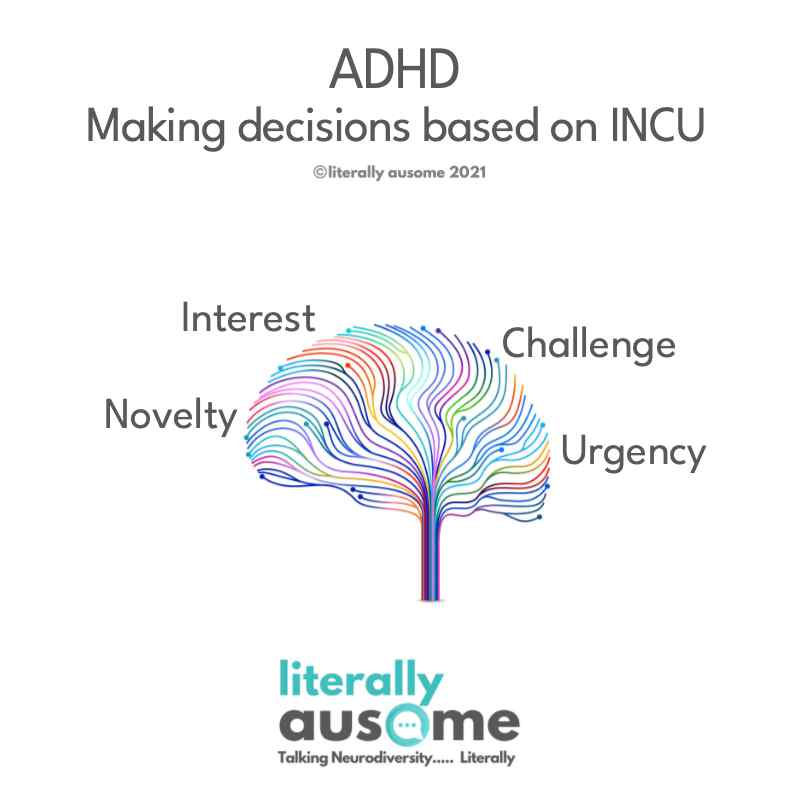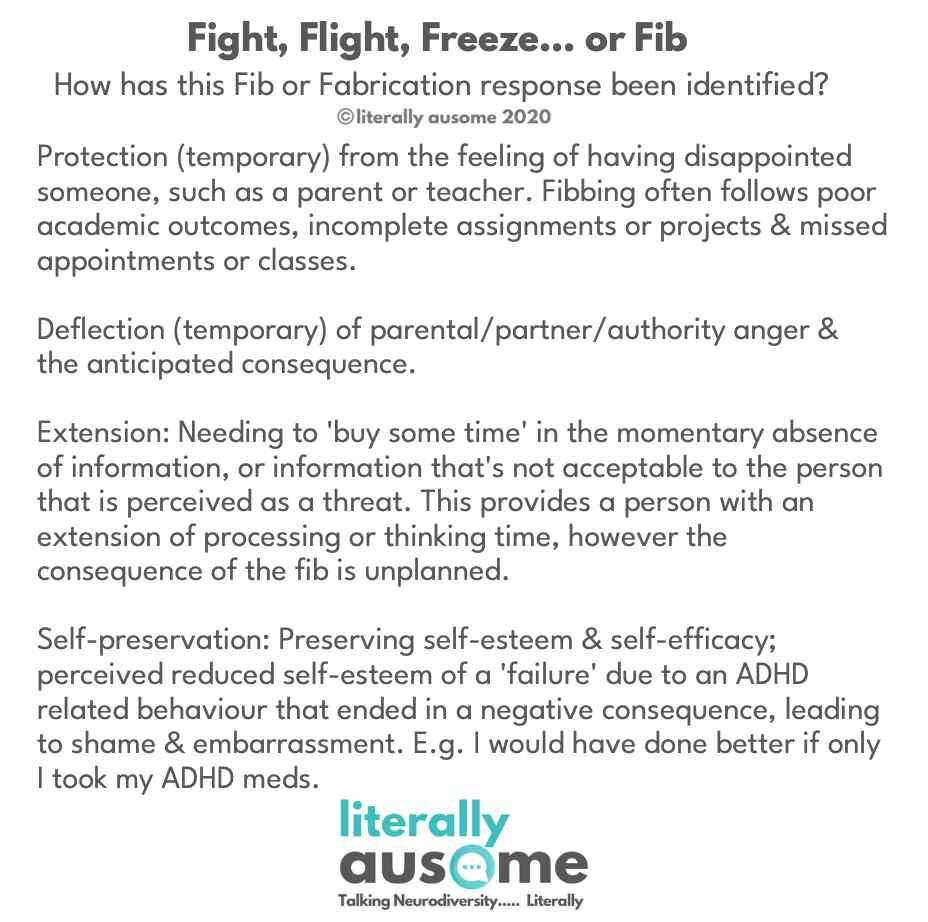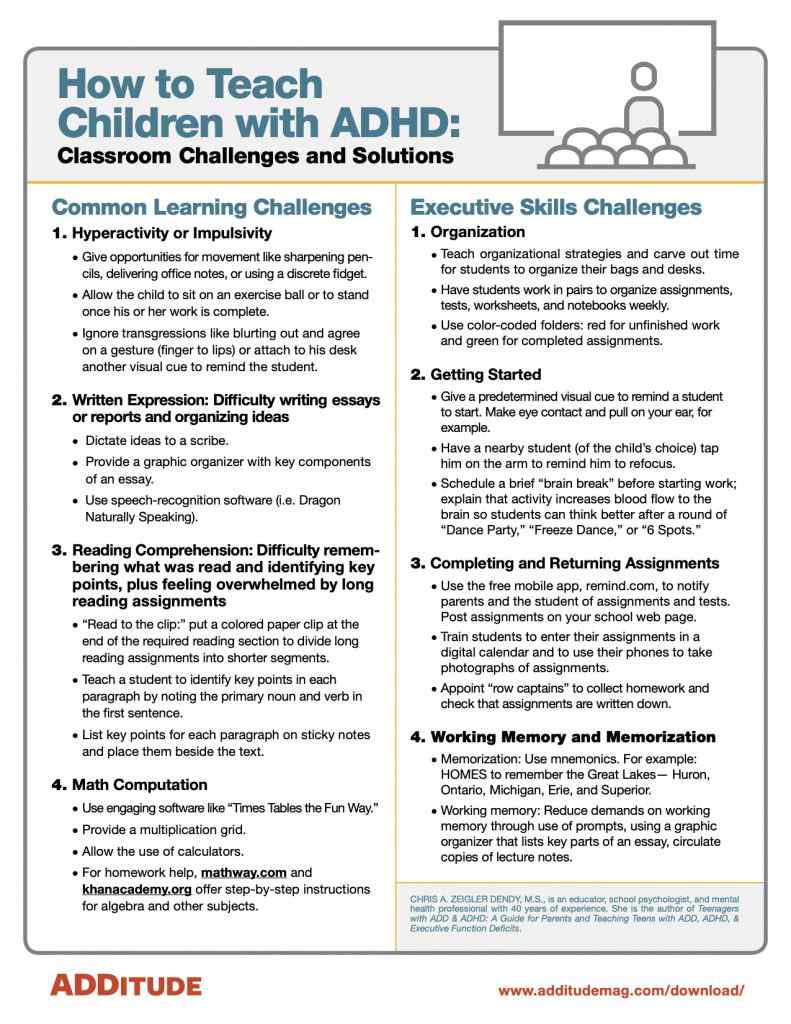About ADHD
Attention Deficit Hyperactivity Disorder (ADHD) is a neurodevelopmental condition that is characterised by problems maintaining attention and behavioural issues of hyperactivity and/or impulsivity. Experiencing difficulties in these areas may interfere with a person's ability to learn, communicate and behave appropriately across a variety of settings.
The Three Types of ADHD
There are three types of ADHD
- Inattentive
- Hyperactive/Impulsive
- Combined
People with either of these types of ADHD find concentrating, organising themselves and their belongings and staying focused very difficult.
Stimulant medication is often prescribed to assist, however, behavioural strategies and intervention are also encouraged to manage ADHD.
You don't 'grow out' of ADHD
Many adults are being diagnosed with ADHD after recognising the symptoms, behaviours, traits, and presentations following their child/ren being diagnosed or coming across the condition in their search for answers over their persistent difficulties in their lives. The misconception about growing out of ADHD stems from adults who have scaffolded their lives and have strategies to support their known areas of difficulties making it appear as though their symptoms have diminished or disappeared, when in fact they have not.
Diagnosed adults have literally spent their lives masking their challenges, over-compensating, changing the narrative to avoid tasks and/or requirements and more often than not, struggling with their self-esteem, self-worth, self-confidence and facing many mental health challenges as a result.
The Impacts of ADHD on Behaviour and Emotions
Mental Hyperactivity
Those with ADHD experience mental hyperarousal, which is not being able to relax or impossible to switch their brains off from a barrage of daily thoughts running through their minds.
Emotional Hyperactivity
Those with ADHD experience hyperactive feelings and reactions more frequently and intensely, and sometimes more extremely; from feeling great to low, and feeling criticisms more fiercely.
ADHD and Decision-Making - INCU
Neurotypical (NT) brains make decisions based on three factors: Importance, Rewards and Consequences. Those of us with ADHD, rarely, if ever, make decisions based on these things.
ADHD brains make decisions based on INCU; Interest, Challenge, Novelty, Urgency.
To delve more into this, when we look at the Neurotypical model of Importance, Rewards and Consequences, they just don't hit the spot with us. If what we need to do is not INCU, we don't do it. At all. The end. The only way we do it is if we're pushed and being nagged... which then makes it urgent, because we want you to stop annoying us!).
Rewards and consequences might seem to work, but only when they engage one of the ICNU factors. If the reward is something we're interested in or if it is a new reward, it can help us get the task done, but not always. And consequences are trickier because they usually need to be so urgent they can't be ignored. Procrastination creates a crisis, which creates urgency and then finally leads to doing what needs to be done or achieved.
Supporting ADHD in the Classroom
Source: additudemag, 'Explaining ADHD to Teachers'
Source: additudemag, 'How to Teach Children with ADHD'
See more infographics on supporting students with ADHD, here.
See Mrs Speechy P's infographics on designing Neurodiversity affirming rules and expectations at school & teachers can support a neurodiverse classroom.

